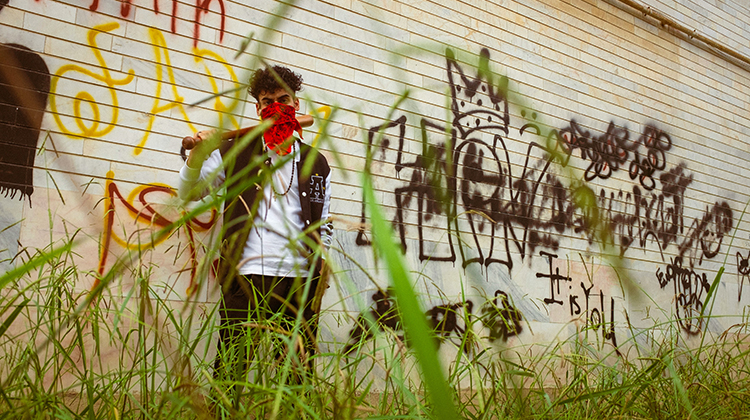The Case of a Persistent Bully: From Victim to Perpetrator

The lived experiences of a self-identified persistent bully* are seldom revealed but by seeing what makes a bully tick, a complex relationship between a bully and their victim emerges. Often the bullied becomes a bully themselves.
UniSA Centre for Research in Educational and Social Inclusion researcher and education expert, Dr Deborah Green, investigated a self-proclaimed bully and found a strangely conflicted boy.
“Sadly, although not uncommonly, this child started out as a victim of bullying. Then in an attempt to connect with students he began acting up, demonstrating bullying behaviours to others,” she says.
“Ironically, this generated a sense of social standing within his peer group, which led him to detention where he forged a friendship group - the ‘detention kids’ - and a heightened sense of status and belonging.
“In the end, the only way he knew to engage and connect with his peers was through bullying.”
Through a qualitative, exploratory case study, three important social and behavioural ‘turning points’ that served to steer a child toward bullying others, and eventually sustained his bullying behaviour have been identified.
The process delivered insightful findings about how and when his behaviour changed, called ‘turning points’ as they indicate when a change in behaviour occurs. They also represent opportunities for intervention.
“Like all of us, he wanted to feel connected and like he belonged; he wanted a friend. But at each turning point, this need was filled by negative behaviours, rather than positive ones.
“Through this case study, we see how each turning point created a chain reaction of behaviours and responses which ultimately shapes the bullying trajectory, reinforcing the emerging bullying behaviour until it was persistent.”
These turning points included:
1 Peer rejection and a lack of belonging.
2 Striving to belong through bullying.
3 Social positioning, status and reputation achieved through bullying.
Each year in Australia, 543,000 perpetrators instigate more than 35 million bullying incidents and almost 25% of students (about 910,000) experience bullying while at school. About 24% of victims are ‘bully-victims’ - both victim and perpetrator of bullying.
Dr Green says the study highlights the acute need to address bullying by focussing and understanding the individual and their motivation.
“Bullying has been researched globally for decades, yet one in four children are still bullied in schools. This equates to more than one incident of bullying every week in every school around Australia.
“The trauma associated with bullying is felt both immediately and long after students have completed school, even up to 20 years later. The estimated costs associated with bullying are $2.3 billion.
“Clearly, traditional interventions and sanctions are not working for some students, so it’s vital that we look for alternative solutions, particularly for those who persist in bullying others.”
Dr Green says that this study highlights the need for teachers, counsellors, and wellbeing leaders to reflect on the individual needs of young people who are engaging in persistent bullying and support them in what may have led to this behaviour.
“We encourage teachers and counsellors to be aware of peer dynamics and social structures of their classes, so that they can better understand and respond to social issues and call for this to be further embedded into initial teacher education training.
“The negative impact of social rejection on a child’s wellbeing must be recognised sooner, always remembering that the bullying may have started not to inflict harm, but to fill an innate need to connect with others.
“Early intervention and individualised and proactive preventative approaches should foster acceptance, recognition, safety and belonging.
“For some students, bullying appears to be adaptive, meeting an individual’s social goals of belonging, status and identity. If we can interrupt the cycle of bullying, we could prevent significant and often lifelong harm for victims and those who engage in bullying.”
*The case study was an adult, preservice teacher who voluntarily shared his school-life experiences of bullying for the research.
The full paper can be accessed here: D.M. Green, D.A. Price & B.A. Spears (2023) Persistent bullying and the influence of turning points: learnings from an instrumental case study, Pastoral Care in Education, DOI: 10.1080/02643944.2023.2247399
YouTube video available: https://youtu.be/ggflKhHeDWY
Image by amir m mohamadi